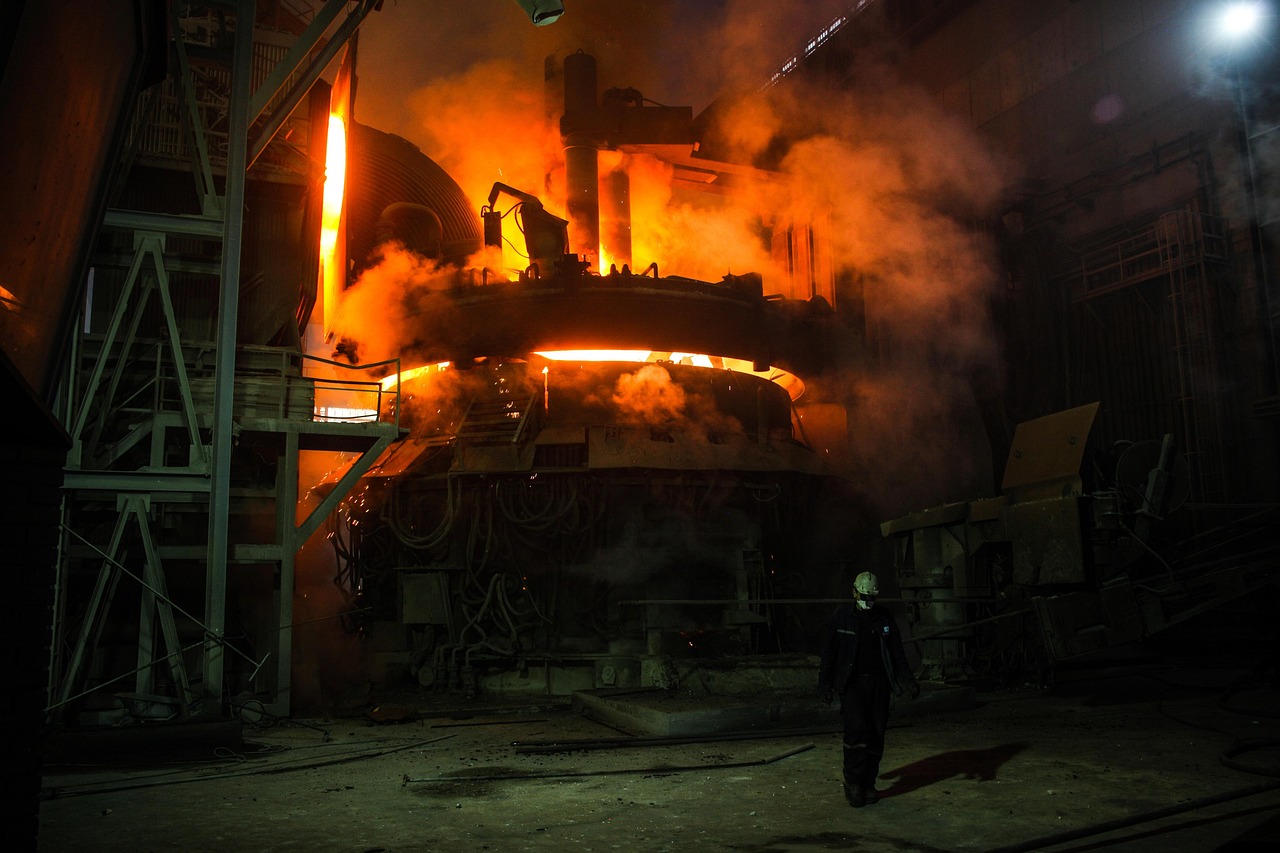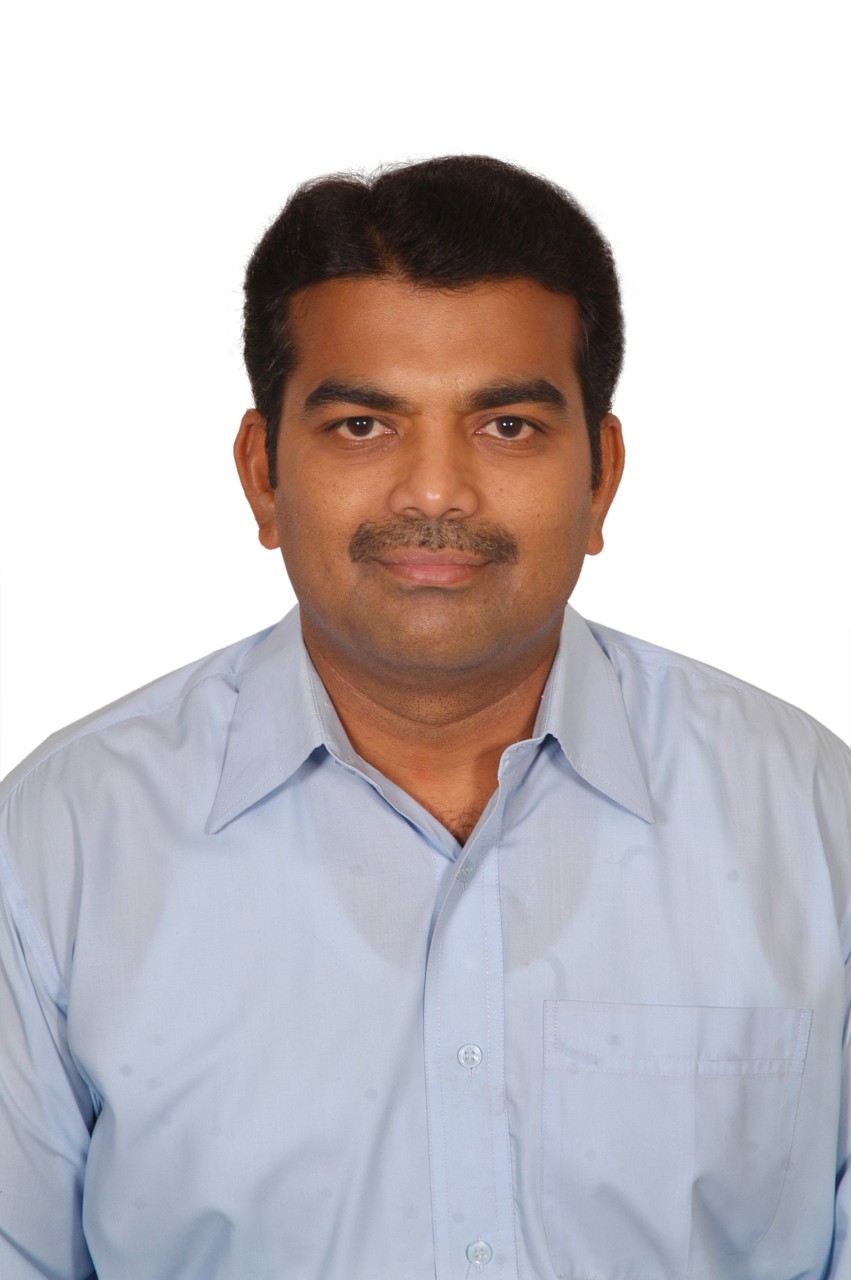In this exclusive feature for Instrumetrics World, Sundareswaran Iyalunaidu reflects on his professional journey, explores the critical role of measurement and instrumentation, and offers insights into the technologies and trends that will define the industry’s future.
By Madeline McNabb
When Sundareswaran Iyalunaidu walks into a plant control room, he doesn’t just see panels, screens, and controllers — he sees the heartbeat of an entire industrial ecosystem. For him, every signal tells a story, every loop has a purpose, and every calibration defines not only efficiency but also safety and sustainability.
With more than 27 years in process control and instrumentation engineering, spanning steel mills in India to aluminum smelters in Qatar and Bahrain, Mr. Iyalunaidu has lived through, and helped shape, the transformation of instrumentation from analog gauges to AI-driven analytics. Today, as a lead technical content writer at Infohe Innovations LLP, he leverages that field-informed expertise to mentor, document, and guide engineers navigating a fast-changing discipline.
His story is not simply about a career in instrumentation; it is about a relentless pursuit of precision, adaptability, and the human impact behind automation.
Career highlights
• 27+ years in process control and instrumentation across power, gas, aluminum, and steel industries.
• Essar Steels and Jindal Vijayanagar (India): Early training in field instrumentation and plant automation.
• Qatalum (Qatar): Led RCA and redundancy design after major VDC casting line failure.
• ALBA (Bahrain): Oversaw instrumentation in high-capacity smelter operations.
• Qatalum Chairman’s Award: Recognized for cost-saving innovations in instrumentation.
• Current role: Lead Technical Content Writer, Infohe Innovations LLP.
From steel mills to smelters
Born and trained in India, Mr. Iyalunaidu’s journey began at Essar Steels and Jindal Vijayanagar, where he gained first experience in heavy industrial instrumentation. Those early years were dominated by hands-on work: calibrating flow meters, maintaining burner systems, and ensuring critical loops were tuned for both safety and production targets.
The next chapters unfolded on a global stage, with pivotal roles in Kuwait, Qatar, and Bahrain — particularly at Qatalum and ALBA, two of the world’s leading aluminum producers. Here, the stakes were higher, the systems more complex, and the margin for error vanishingly small.

“Instruments are the backbone of process automation,” he says. “Without precise measurement, control systems can’t function reliably. That reliability is not optional — it’s existential for industries where downtime costs millions.”
Why precision matters
For Mr. Iyalunaidu, the appeal of instrumentation lies in its paradoxical nature, which is intensely technical yet fundamentally human in its consequences. “The idea that a well-tuned control loop could significantly impact production efficiency and safety is what truly motivates me,” he reflects.
In industries where temperature, pressure, and flow must be tightly controlled, the smallest measurement error can cascade into lost product, equipment failure, or even catastrophic safety events. From maintaining ISO/IEC compliance to implementing SAP-based asset management, his career has been about ensuring those small margins remain under control.
“The reality is, you can’t have quality without measurement. You can’t have safety without alarms that work. And you can’t have efficiency without well-calibrated feedback,” he adds.
A day in the life of control
So, what does a typical cycle look like for an instrumentation engineer? According to Mr. Iyalunaidu, it begins long before the first wrench is turned.
“A project cycle starts with reviewing maintenance notifications, planning tasks, and prioritizing based on risk. Then comes preventive maintenance, calibration, safety checks, and troubleshooting. During shutdowns, it is about coordination: technicians, spares management, compliance documentation. The goal is always zero safety incidents and minimal downtime.”
That level of planning is not just bureaucracy; it is the difference between controlled efficiency and chaos.
Troubleshooting the hard way
Every engineer has faced challenges, and Mr. Iyalunaidu is no exception. One of his defining experiences came at Qatalum when a major failure in the vertical direct chill (VDC) casting line abruptly halted production.
“It was a critical situation. We traced the issue to the weighing loop in the sawing machine. By performing root cause analysis, isolating the fault, and implementing a redundant calibration system, we restored reliability and prevented future failures,” he recounts.
Advice from the field
• Build strong fundamentals in instrumentation and electrical principles.
• Prioritize hands-on field experience over simulations.
• Master communication protocols (HART, Fieldbus, Ethernet/IP).
• Learn cybersecurity basics for OT/IT systems.
• Explore data analytics and predictive maintenance tools.
It wasn’t just about fixing a system; it was about building resilience into operations. “Instrumentation is about anticipation as much as reaction,” he says.
Technology on the move
Few fields in engineering have evolved as rapidly as instrumentation. Over his career, Mr. Iyalunaidu has witnessed the leap from pneumatic loops to PLCs, from hardwired systems to wireless instrumentation, from clipboards to AI-driven analytics.
The innovations he sees as game-changers today include:
- Wireless instrumentation: Cutting down on wiring complexity and enabling remote monitoring.
- IIoT smart sensors: Providing diagnostic data beyond simple measurement.
- AI/ML predictive maintenance: Detecting failures before they occur.
- Integrated asset management systems: Linking SAP and plant operations for full lifecycle visibility.
He cites one project that particularly exemplified this shift: designing documentation for predictive diagnostics on control valves using HART and Fieldbus communication. The result? Better maintenance efficiency and longer equipment life.
The challenges engineers face
Despite the promise of new technologies, challenges remain deeply rooted in the day-to-day grind. Complex loop failures, harsh environmental conditions, spares management, and compliance with evolving standards are all persistent hurdles.

To address them, Mr. Iyalunaidu leans on three principles:
- RCA: Never fix the symptom, always trace the source.
- Rigorous documentation: From calibration records to shutdown reports, every detail counts.
- Team coordination: The best instruments are useless without trained, aligned technicians.
Harsh environments, in particular, demand creativity. His solution? Ruggedized instruments, periodic calibrations with certified standards, and redundancies such as diagnostic transmitters and custom test benches to improve precision and reduce downtime.
Cybersecurity and sustainability
Looking ahead, Mr. Iyalunaidu identifies three major forces reshaping process control:
- Cybersecurity: With IT/OT integration/ instruments are now targets, not just tools.
- AI-driven automation: Machine learning will transform optimization strategies in real time.
- Environmental regulations: Tighter emissions standards will drive demand for advanced analyzers and monitoring systems.
“Instrumentation professionals need interdisciplinary skills,” he emphasizes. “Cybersecurity, analytics, and communications protocols are no longer optional — they are essential.”
Advice to the next generation
What would he say to a young engineer considering the field? His response is both pragmatic and passionate:
“Start with fundamentals. Get hands-on. No simulator can replace the feel of a transmitter in your hand. But also, learn communication protocols, data analytics, and cybersecurity. That’s where the future is heading.”
The human side of engineering
Despite all the talk of loops, transmitters, and diagnostics, what stands out in Mr. Iyalunaidu’s career is the human element. He speaks most proudly not of the systems he fixed, but of the people he trained and mentored.
“Training junior technicians, solving problems as a team, and watching others grow — that has been the most rewarding aspect of my career,” he says. Recognition, like the Qatalum Chairman’s Award, has its place, but it is knowledge-sharing that gives his career its deepest meaning.
Closing the loop
For Sundareswaran Iyalunaidu, process control has never been just about instruments. It has been about the philosophy of precision, the discipline of documentation, the thrill of problem-solving, and the satisfaction of mentoring.
As the industry shifts toward smart sensors, predictive analytics, and sustainable automation, his message to the instrumentation community is clear: “Instrumentation and control are not just support functions; they are strategic enablers.”
Tech to watch
• Wireless instrumentation
• IIoT-enabled smart sensors
• AI-driven predictive maintenance
• Advanced process analytics
• Emissions monitoring under stricter regulations
• Cybersecurity for OT/IT integration
And in a world where safety, efficiency, and sustainability are increasingly non-negotiable, that perspective is not just insightful. It is essential.
“We regularly share Featured Stories with our Instrumetrics World community. Join us and let’s share your Featured Story on Instrumetrics World online and in print.”

